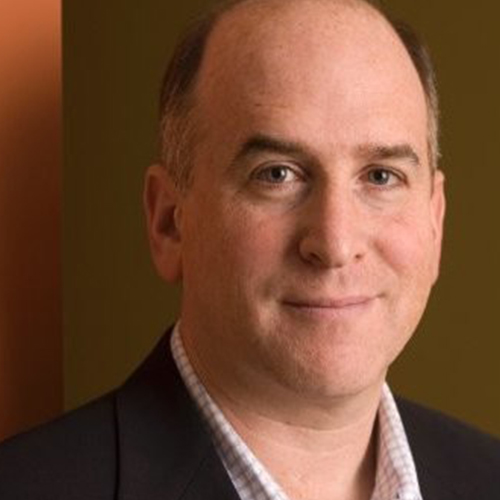Litigation Finance in the Post-Madoff World


by Gary Chodes, Litigation Finance Industry Pioneer and founder of industry leaders Oasis, Courthouse Investments and Signal Funding
We are now seeing substantial litigation financing activity involving brand name hedge funds players as well as publicly-traded closed-end funds and business development companies (”BDCs”). Activist investors and boards of directors may now use (or be exposed to) litigation backed by specialized litigation finance firms. This was not the case ten years ago.
I am often asked what the key event that set all of this in motion was.
My answer is surprising to many, but in my view it kicked off in December 2008 when Bernie Madoff, the former NASDAQ Chairman and founder of the Wall Street firm Bernard L. Madoff Investment Securities LLC, admitted that the wealth management arm of his business was an elaborate multi-billion-dollar Ponzi scheme.
Of course, there were several hedge funds that invested money in litigation to finance the fight to recover ill-gotten gains held by Madoff, his many affiliates, and the feeder-funds that formed the foundation of Bernie Madoff’s elaborate scheme. Some of the litigation that was filed using third-party financing in order to recover monies on behalf of individual investors abused by Madoff continues to this day.
A portion of those hedge fund investors eventually made substantial returns once Madoff’s assets were identified and attached.
After the Madoff litigation frenzy yielded paydays for a few large hedge funds, those hedge funds and others established internal and external litigation finance arms to pursue additional litigation-related opportunities; thus, litigation as an “asset class” (now a decade in the making) was born.
However, I believe a more nuanced look at the 2008 events involving Madoff is more instructive in understanding why litigation finance is flourishing lately. Perhaps this perspective will be more informative as to what the future holds for the litigation finance industry.
Early investors, including some hedge funds, secretly and discreetly dabbled behind the scenes when the litigation finance industry’s first players emerged from the shadows around 2004.
However, those early investors discovered – some too late – that valuing litigation, including predicting an outcome and the timing of that outcome, can be tricky. That is particularly true in the context of commercial litigation (Note: consumer personal injury litigation, by contrast, is actuarial in nature and is thus quite predictable).
Back in 2004, early hedge fund investors largely did not have the internal expertise and resources to evaluate these investments themselves, so they relied on joint ventures or other arrangements with pioneering litigation funding firms.
But history tells us that in 2004, (years before the Madoff scandal broke), there were fewer of the investor protections that we take for granted today. These are third-party fund administrators and independent valuation firms that could help a hedge fund firm mark-to-market its holdings in a litigation finance firm or appraise the value of a relatively young portfolio of litigation claims.
It turns out that some hedge funds that dipped their toes in the waters of litigation-backed assets in that pre-Madoff era were running blind. In some instances, the litigation finance operators they backed took advantage of these blind spots.
Hedge funds unknowingly ended up partnering with unethical litigation finance firms, who in turn made terrible investments and, in some cases, utilized self-dealing and converted funds that were the property of their innocent hedge fund sponsors.
In hindsight, some of those early adopting hedge funds could have heeded the glaring warning signs, preventing some of this carnage, but oh well…
Let’s revisit Bernie Madoff. His demise shed light on some of the major governance and compliance weaknesses present at that time in the secretive hedge fund industry and highlighted the mark-to-market valuation challenges related to illiquid assets held by hedge funds.
This scandal heralded in a new era of much tighter governance, some government oversight, and the mandatory use of third-party administrators to track returns for L.P. investors.
So, Madoff did not kill the hedge fund industry, but in fact allowed it to grow and flourish, albeit with the need to continually reassure investors around the issues of transparency and conflicts of interest.
These very same issues – transparency and conflicts of interest – will dictate the future of litigation finance.
Litigation financiers must not forget history and the important lessons the past provides, including that of the Madoff scandal. If not, a similar demise awaits.
Please note: This article contains the sole views and opinions of Gary Chodes and does not reflect the views or opinions of Guidepoint Global, LLC (“Guidepoint”). Guidepoint is not a registered investment adviser and cannot transact business as an investment adviser or give investment advice. The information provided in this article is not intended to constitute investment advice, nor is it intended as an offer or solicitation of an offer or a recommendation to buy, hold or sell any security. Any use of this article without the express written consent of Guidepoint and Gary Chodes is prohibited.
